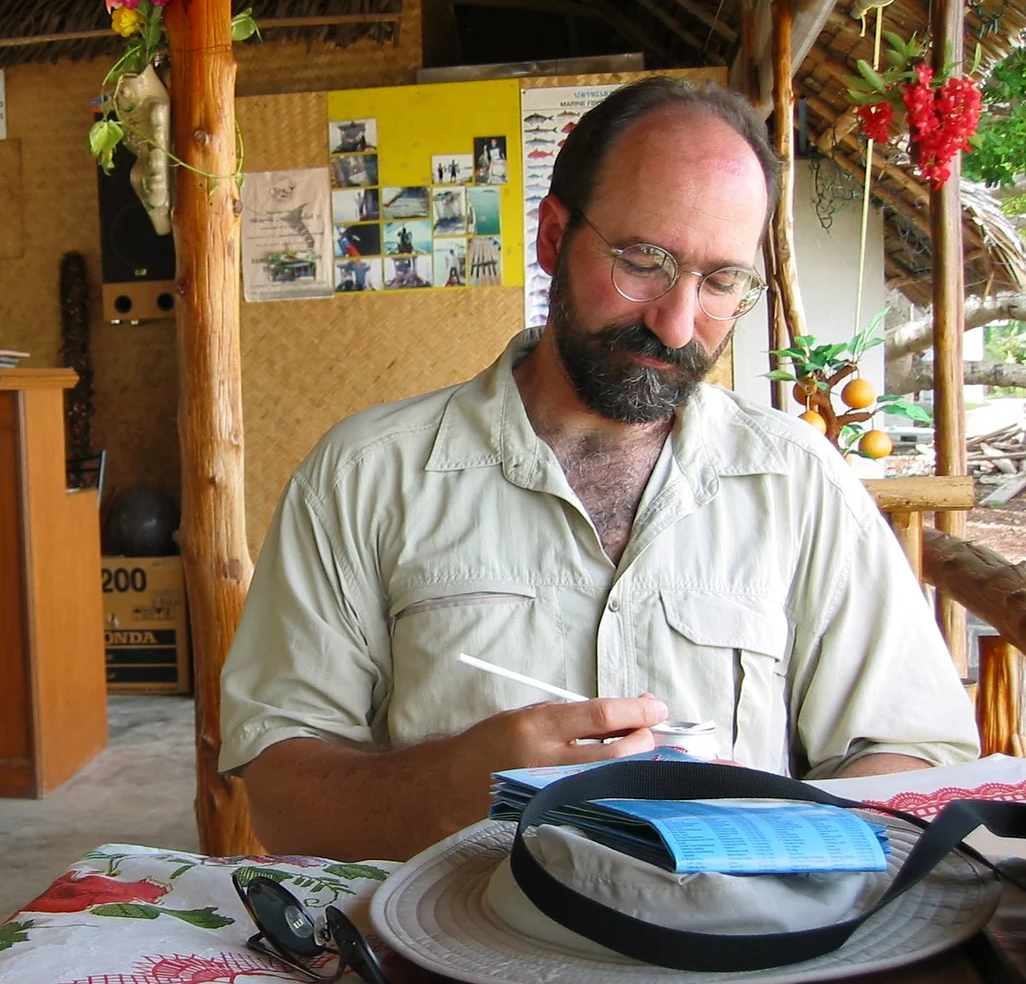
The Group
The ‘Group’ is an ensemble of science and technology specialists.
CEG project teams include ecologists, modeling and data specialists, as well as subject and local experts.
We use our advanced training and data analysis skills to develop science and products that are designed to make a difference.
-
jheinrichs@ceg.group
Dr. Heinrichs is a landscape ecologist and conservation biologist with expertise in applied modeling to address priority information and decision needs. Heinrichs is the co-founder of the Computational Ecology Group and directs CEG operations. She has over 15 years of professional modeling and consulting experience working with Canadian and US partners.
-
hyoung@ceg.group
Dr. Young has ten years of experience working with communities, stakeholders, industries, governments and conservation groups in the US and Canada to implement science-based conservation and management solutions. Her recent work has focused on large landscape ecology, wildlife corridors, and large mammals.
-
Cat Pao is a Certified Public Accountant with extensive experience operating, leading, and advising small to large-sized charities, nonprofits, and businesses in the United States and Canada.
cpao@ceg.group
-
elaw@ceg.group
Dr. Law specializes in modelling landscapes and their biota to direct environmental management decisions and policy. Liz enjoys focusing on conservation conflicts and trade-offs, and has modelled ecological and socio-economic outcomes in a wide range of working landscapes, from the palm-oil peat swamps of Kalimantan, to the soy and pasture grassy-woodlands of the Argentine Chaco, the alpine mountains of Norway, and the montane coffee-forests of the Ethiopian highlands. She has worked with a wide range of species, including mammals, birds, insects, and plants, both in modelling and in the field.
-
snelson@ceg.group
Dr. Nelson specializes in wildlife population analysis, including habitat and demographic modeling. Shelley combines field and modeling methods to assess wildlife responses to environmental change, including human-wildlife conflicts. Shelley has worked in a range of ecosystems (e.g., montane, alpine, anthropogenic) and with many different species including alpine songbirds, white-tailed ptarmigan, and black bears.
-
Dr. Pons is an expert in Sustainability Science and Technology, with a particular emphasis on spatial analysis techniques and complex systems modeling. The majority of his work centers around modeling the potential impacts of future climate change and conducting adaptation assessments. He also explores the intricate interactions between social and ecological systems to provide valuable insights for decision-making in diverse mountainous regions across Europe, Asia, and America.
mpons@ceg.group
-
Dr. Schumaker is the author of HexSim and innovates to develop new methods for computational modeling in the HexSim modeling environment. His recent work focuses on landscape genetics, spatial epidemiology, and functional connectivity. Dr. Schumaker is dedicated to the creation of training and professional advancement opportunities for early-career researchers. Schumaker is a co-founder of CEG. As an employee of the US Government, Schumaker's contributions to CEG are uncompensated and conducted on personal time.
Opportunities
Work with CEG
CEG is looking for new projects and people to join CEG!
Interested in talking about a project idea? Please email!








